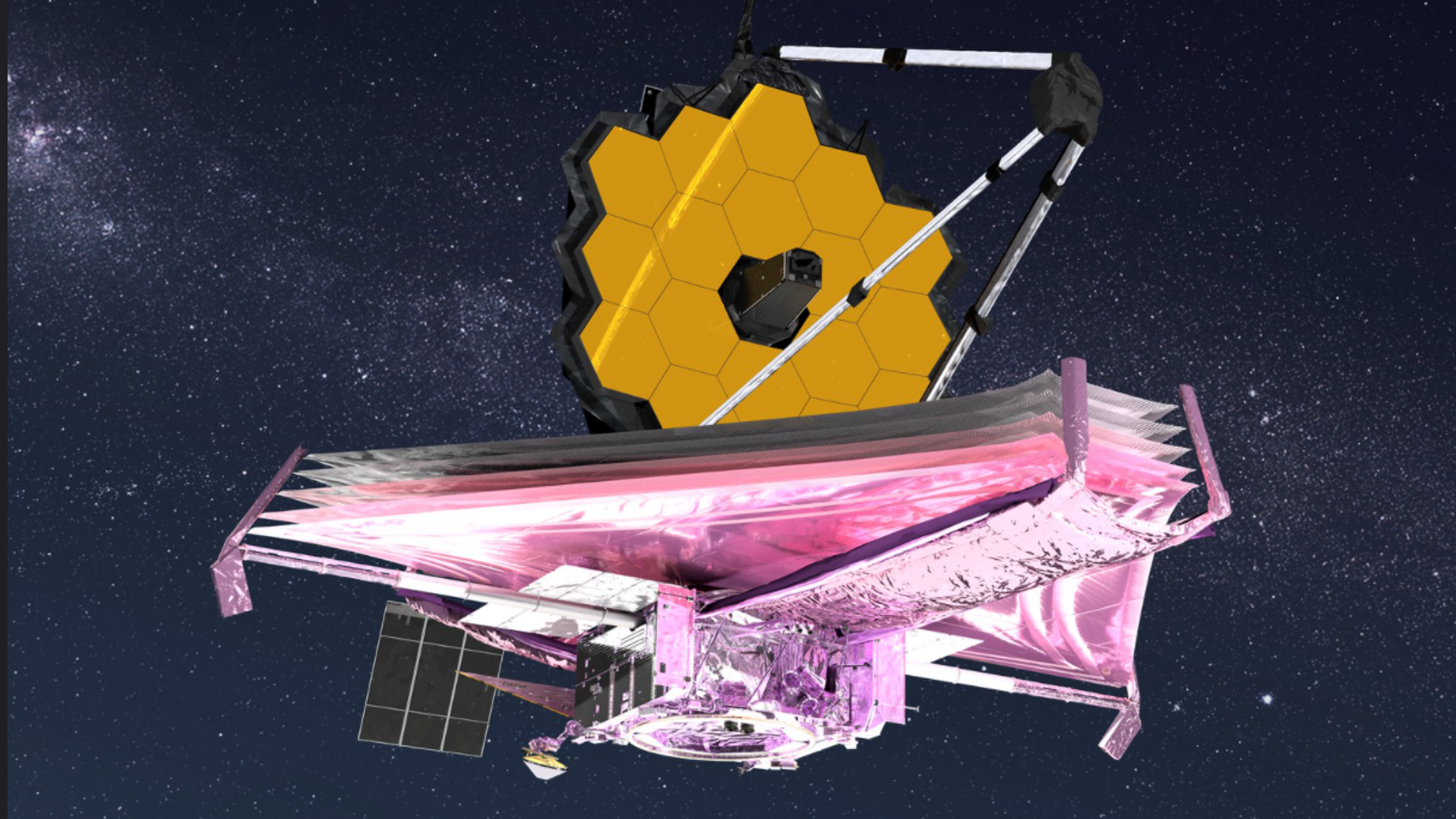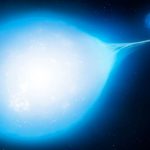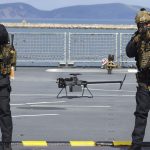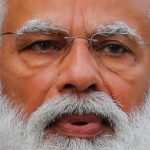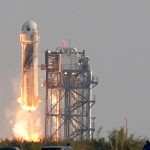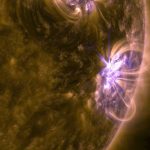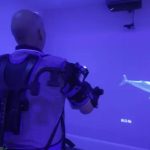NASA scientists have hailed a “milestone decades in the making” as the giant mirror of its new space telescope was successfully unfurled.
The James Webb Space Telescope, which will search the cosmos for infrared light from ancient stars and galaxies, was launched from French Guiana on Christmas Day.
Over the last two days, NASA teams have remotely opened the telescope’s 6.5-metre (21ft), gold-coated mirror, which had been flat-packed into the rocket’s nose cone like a drop-leaf table, meaning it can now be prepared for its scientific missions.
Do aliens exist? The key mysteries that could be unlocked after the James Webb telescope launched
The craft, which is more powerful than its predecessor the Hubble Telescope, cost $10bn (£7.4bn) to develop, and was first put into development in 1996, funded by European, American and Canadian space agencies.
“Today, NASA achieved another engineering milestone decades in the making. While the journey is not complete, I join the Webb team in breathing a little easier and imagining the future breakthroughs bound to inspire the world,” NASA’s administrator Bill Nelson said.
“The James Webb Space Telescope is an unprecedented mission that is on the precipice of seeing the light from the first galaxies and discovering the mysteries of our universe.
“Each feat already achieved and future accomplishment is a testament to the thousands of innovators who poured their life’s passion into this mission.”
Now opened up, it will next undergo the first of three course-correction burns, which will place it in its exact orbit position around the second Lagrange point – almost one million miles from Earth.
Over the course of the next few months, the telescope will move adjust its mirror segments, with the team on Earth remotely controlling the 126 actuators on the rear of each mirror segment.
Gregory L Robinson, the programme’s director at NASA, said: “The successful completion of all of the Webb Space Telescope’s deployments is historic.
“This is the first time a NASA-led mission has ever attempted to complete a complex sequence to unfold an observatory in space – a remarkable feat for our team, NASA, and the world.”
As well as scanning 13.5 billion years worth of activity in space, the telescope will also be aimed at the atmosphere of far-off planets, to see if they are habitable.
James Webb was chief of NASA during most of the agency’s formative decade of the 1960s.
